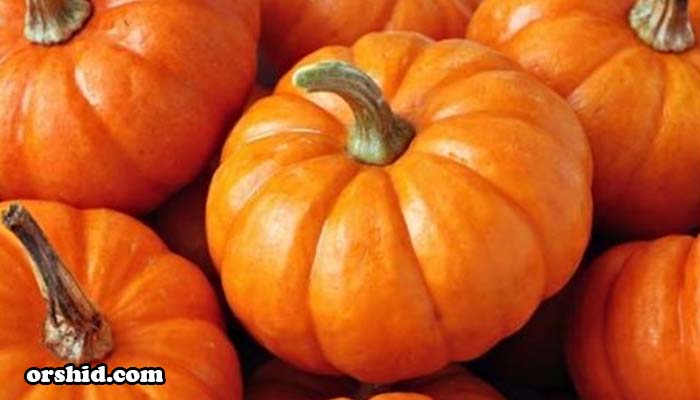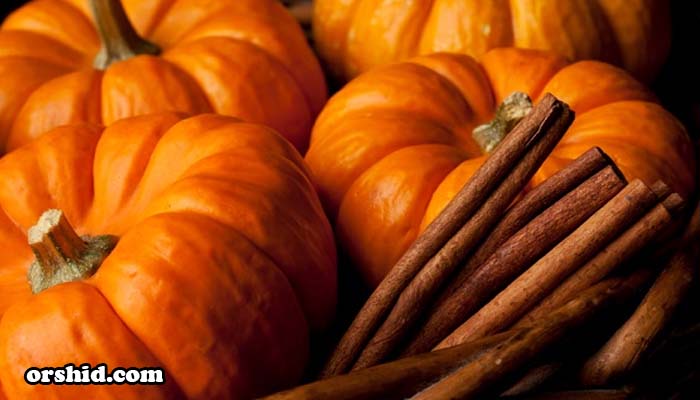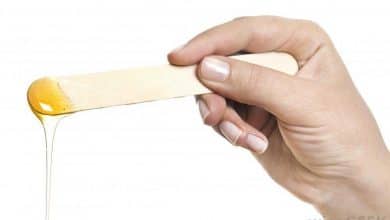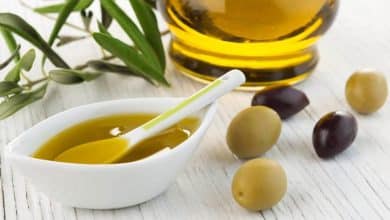what is pumpkin good for

what is pumpkin good for? Pumpkin (scary pumpkin) or the scary orange squash that we all know as a symbol of Halloween, contains high amounts of vitamins and minerals that help to lose weight, strengthens eyesight. And it is useful for rejuvenating facial skin.
what is pumpkin good for
Pumpkin is a winter fruit that some people believe originated in North America. A pumpkin usually weighs about 4 to 8 kg, while the largest species of pumpkin can weigh up to 34 kg. After cooking, the pumpkin has a soft and sweet color.
These very large squashes have many medicinal and therapeutic properties for the health of the body, some of which we want to introduce to you;
Properties of pumpkin for skin and hair
Important Note: Before applying any mask on the face and sensitive areas of the body, by rubbing a small amount of it on the skin of your hands and wait for at least 20 minutes, make sure you are not allergic to it.

Facial skin rejuvenation
High levels of zinc, vitamin A and vitamin C in pumpkin help improve blood circulation in the skin and increase the production of collagen in the skin to eliminate wrinkles and rejuvenate the skin.
Mask of pumpkin or squash and honey
Combine a quarter cup of pumpkin puree with a tablespoon of natural honey, a tablespoon of milk and an egg and rub on the skin of your face and neck, leave on for 30 minutes and then rinse well with warm water.
Acne and pimples
Pumpkin is a good source of niacin, which helps improve blood circulation in the facial skin and is useful for treating acne and pimples.
Natural sunscreen
The beta-carotene in pumpkin, like a natural sunscreen, protects the skin from the UV rays of the sun and reduces the risk of sunburn.
Treatment of oily skin
Pumpkin helps reduce the oiliness of the facial skin and reduces its open pores.
Pumpkin mask for oily skin
Combine 1 tablespoon of pumpkin puree with a teaspoon of apple cider vinegar and apply on face, leave on for 10 to 15 minutes and then rinse well with lukewarm water.
Treat dry skin
Pumpkin helps nourish and moisturize dry skin due to its high amount of nutrients.
Pumpkin mask for dry skin
Combine 2 teaspoons pumpkin puree with 1/2 teaspoon natural honey, 1/4 teaspoon milk and 1/4 teaspoon cream and apply on face, leave on for 10 to 15 minutes, then Rinse well with warm water.
Treatment of dark skin spots
Pumpkin helps cleanse the skin and treats dark spots due to its high levels of antioxidants and vitamin C.
Pumpkin mask for face
Combine 1 tablespoon pumpkin puree with 1 teaspoon natural honey, 1 teaspoon fresh sour lemon juice and 1 teaspoon vitamin E oil and apply on face, leave on for 20 minutes to dry and then Rinse with cold water.
Strengthen and increase hair growth
The high levels of zinc in pumpkin help maintain hair collagen and strengthen hair.
The high levels of B vitamins in pumpkin help improve blood circulation to the scalp, strengthen follicles and increase hair growth.
Natural hair conditioner
Pumpkin has natural softening properties that help make hair softer and smoother.
Pumpkin mask for hair
Combine 2 cups pumpkin puree with 1 tablespoon coconut oil, 1 tablespoon natural honey and 1 tablespoon yogurt and apply on hair. Put a cap on the hair and leave it for 15 minutes, then rinse with warm water.

Slimming and weight loss
Pumpkin is one of the best fruits for slimming and weight loss, which helps reduce body mass index; The high amounts of fiber in squash help reduce appetite and prevent weight loss by causing overeating.
a cold
Pumpkin contains high amounts of beta carotene and vitamin C, both of which help boost the immune system; Vitamin C reduces the risk of colds, flu and coughs, and beta-carotene reduces the risk of bacterial, viral and fungal infections by increasing the production of white blood cells.
Liver
Pumpkin is a natural diuretic that helps detoxify and cleanse the body and liver by increasing urination, and treats diseases such as fatty liver.
Strengthen vision
Pumpkin is rich in carotenoids and beta-carotene, which help strengthen eyesight and reduce the risk of eye diseases. The high levels of vitamin C and vitamin E in squash, in addition to enhancing vision, reduce the risk of macular degeneration eye disease.
blood pressure
Significant amounts of potassium in pumpkin help reduce high blood pressure.
heart health
A study at Harvard University found that high levels of fiber in squash help improve heart health and reduce the risk of cardiovascular disease.
Pumpkin helps get rid of arterial myoditis and reduces the risk of heart disease and stroke. The large amount of antioxidants in pumpkin also prevents atherosclerosis (hardening of the arteries). Minimizes the risk of high blood pressure. Pumpkin has a lot of phytosterols, which is very similar to human cholesterol.
Cancer
Research by the nutrition department of Harvard School of Public Health shows that beta-carotene in pumpkin reduces the risk of cancer, especially prostate and colon cancer.
Pumpkin health benefits
This bright color of pumpkin is due to nutrients and makes it very valuable from a plant health perspective. It is a good source of vitamin A, vitamin C, and rich in antioxidants, such as oxantins, carotenes and luteins. It is a good source of B-complex vitamins, such as folate, niacin, peridoxine, and pantothenic acid and thiamine. These minerals are rich in iron, copper, potassium, calcium and phosphorus.
How to use pumpkin in food
Raw pumpkins are used to make a variety of smoothies and diet juices. Steamed pumpkin is used to make pumpkin cake, pie and puree, food, salads, borani, soups, stews, stews, pilafs, jams and pumpkin halva. Prepare stuffed pumpkins in the oven. Fried pumpkin is used to prepare a variety of dishes.
How can we choose pumpkin?
Pumpkins come in a variety of shapes, sizes and colors. They can grow up to 100 pounds, but small pumpkins with crispy flesh and fiery color are suitable for consumption. The first step is to check the stem. Push the stem to make sure it is firmly attached. The soft stem indicates that the pumpkin is not fresh. Check the whole pumpkin for soft spots and if you find any soft spots, go to the next one.
As far as color is concerned, it should be uniform. Pieces of green indicate that the pumpkin is not suitable for selection and may not be well ripened. The shape of the pumpkin depends on your personal preference. Choose pumpkins that are free of stains, bruises and spots as they may cause the squash to rot quickly. Look closely at the bottom of the pumpkin. The grip on the pumpkin indicates that it is already rotting and the insects have started eating the pumpkin. Pumpkins should be small and heavy because they have crispy and tasty meat.
The correct way to store pumpkin
Pumpkin should be stored in a cool, dark, dry place, preferably an attic or extra room at 45 to 60 degrees Fahrenheit. Pumpkin can last up to a month and can be stored in the refrigerator for 3 months.
Cooked pumpkin can be stored frozen or canned for up to 16 months. To prolong its life, pumpkin skin should be thoroughly washed with this substance, mixing a tablespoon of chlorine with a gallon of water. This disinfects the skin and prevents It is the formation of mold and rot. Immediate drying is important to prevent mold and damage.
If any mold is visible, clean it with vegetable oil.




